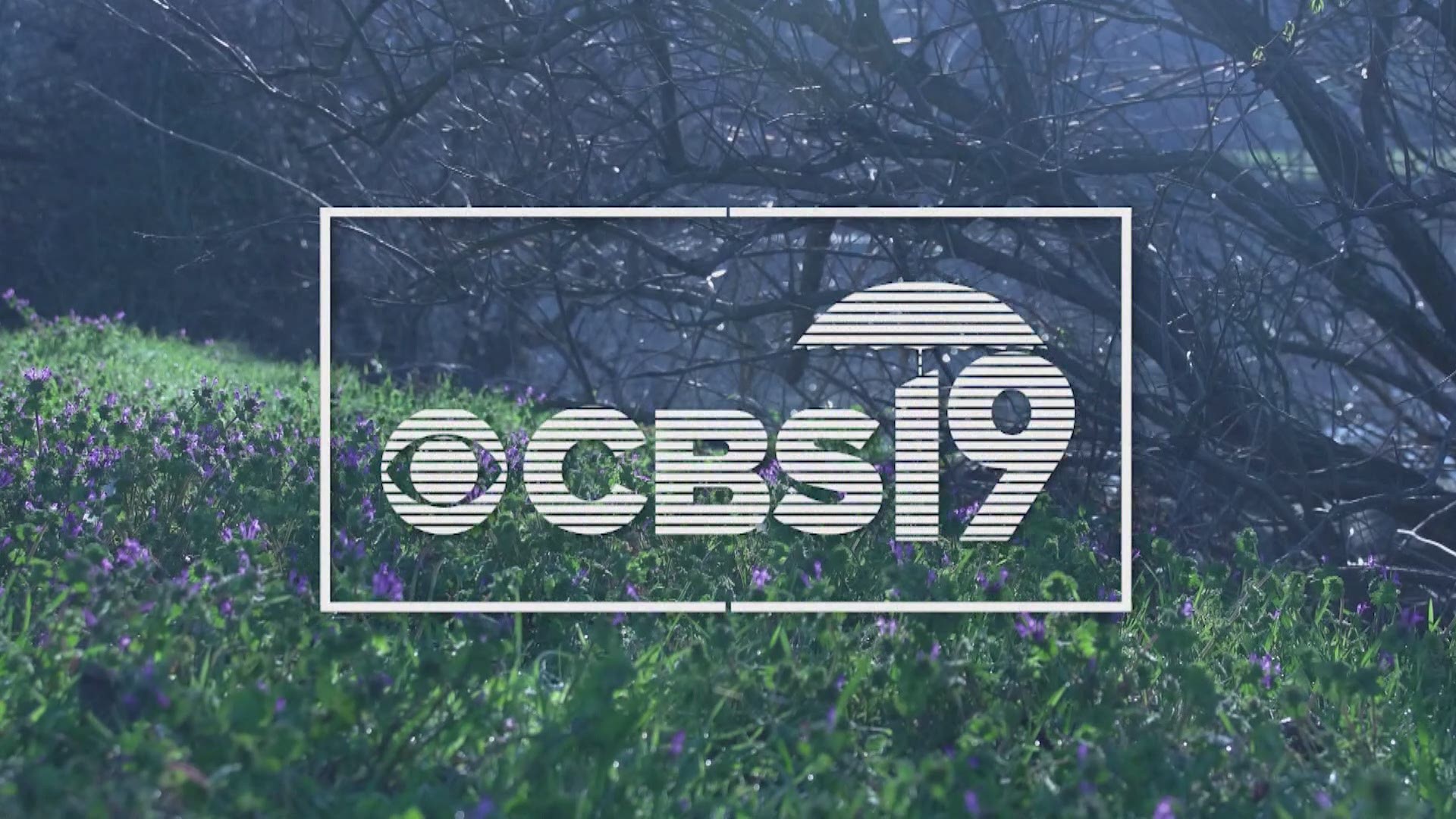

It’s up to you how to use that space!Ī working prototype of the book (white dummy) You can fill this with artwork, make it more interactive by adding mini pop-ups or pull tabs or hide the text of the story behind flaps. Some pop-ups come out of the spread, leaving a lot of empty space around the base of the pop-up. You can use empty space to complete the story or add more pop-ups and movables. Now that you have designed the main pop-up spreads you can take a look at the possibility to add mini pop-ups or pull tabs to the spreads. Work on your project page by page but if you get stuck, move on to another page until your story is complete. Repeat this process over and over again until you’ve created a solid working pop-up that looks great. Experiment with dimensions and compositions, test how good it pops in-and-out and rebuild a better version.

Once you have build your first design, you can refine the design and at the same time work at the pop-up mechanism. At this point, you don’t have to worry about how good or bad a pop-up works but you do have to keep in mind that it will have to work one day. Make rough sketches of concept artwork and use those to create some 3D paper structures that almost look like pop-ups. Now you have a story and some ideas about what pop-up techniques you’re going to use, it’s time to experiment! You first have to decide what shape the pop-up will be and if it works combined with the artwork. We have made a selection of some great templates and how-to video tutorials.

Another great way to start with paper engineering is by making pop-up templates that are provided by several paper engineers. A highly recommended book that contains real working examples of all pop-up techniques. A great way to start with pop-up basics is David Carter’s Elements of Pop-up. It’s like learning to play the guitar, you first have to learn the chords before you can play a song. Why is paper moving that way? What effect does it have when you play with shapes and sizes? You have to study and test your tryouts and improve the pop-ups you make. Learn and try to understand how basic pop-up techniques work. To decide what level of paper engineering works the best for you, you will first have to start with the basics. Some of the most beautiful pop-up books use basic pop-up techniques. It’s good to keep in mind that an impressive pop-up book isn’t always about how advanced the engineering is. If it’s your goal to make an advanced pop-up book with complex pop-up techniques, you should be prepared that this is a skill that normally takes years and years to develop. It’s easier said than done to become a paper engineer. So here we go! How to make a pop-up book in 11 steps! We also have a Pop-up Dictionary that can be handy if you want to get familiar with frequently used pop-up related terms. If you don’t have any plans publishing or printing your book, you still can use this guide to find out what is needed to plan a complex project like a pop-up book. In this guide, we will try to answer the question How to make a pop-up book? and you’ll get a step-by-step explanation that describes the process that is needed to create and publish a pop-up book. It demands dedication, precision, patience and lots of paper. Making a pop-up book is not something that you will do in a day. Everything is possible as long as you want to invest time in your project. If you take a look at some projects from artists and students on YouTube, you’ll find lots of beautiful self-made pop-up books ranging from basic to very complex.

Share on social media with #TeachTruth or send us a photo.How to make a pop-up book? Sounds like a simple question but that depends on how complicated you want the pop-up book to be. Let us know if you create an installation. Use all or any selection of the components. The guide includes downloadable graphics and instructions. Lush Cosmetics prepared the artistic components with Open Source access. It can be used for the day of action and throughout the year. The Zinn Education Project (coordinated by Rethinking Schools and Teaching for Change) is making these materials available as part of our #TeachTruth campaign in advance of the Day of Action on June 10. It traveled to the PEN World Voices Festival in New York City. The large-scale installation was first displayed at SXSW in 2023, hosted by the Zinn Education Project and the African American Policy Forum, designed by Karyn Holyk, and sponsored by Lush Cosmetics. The interactive display provides an engaging introduction to the dangers of banned books and efforts to defend the freedom to learn. It was so popular, that we are now offering a guide for anyone to create a Teach Banned Books pop-up display of their own that can be used at: The Zinn Education Project collaborated on an installation and panel on banned books at SXSW in Austin.


 0 kommentar(er)
0 kommentar(er)
